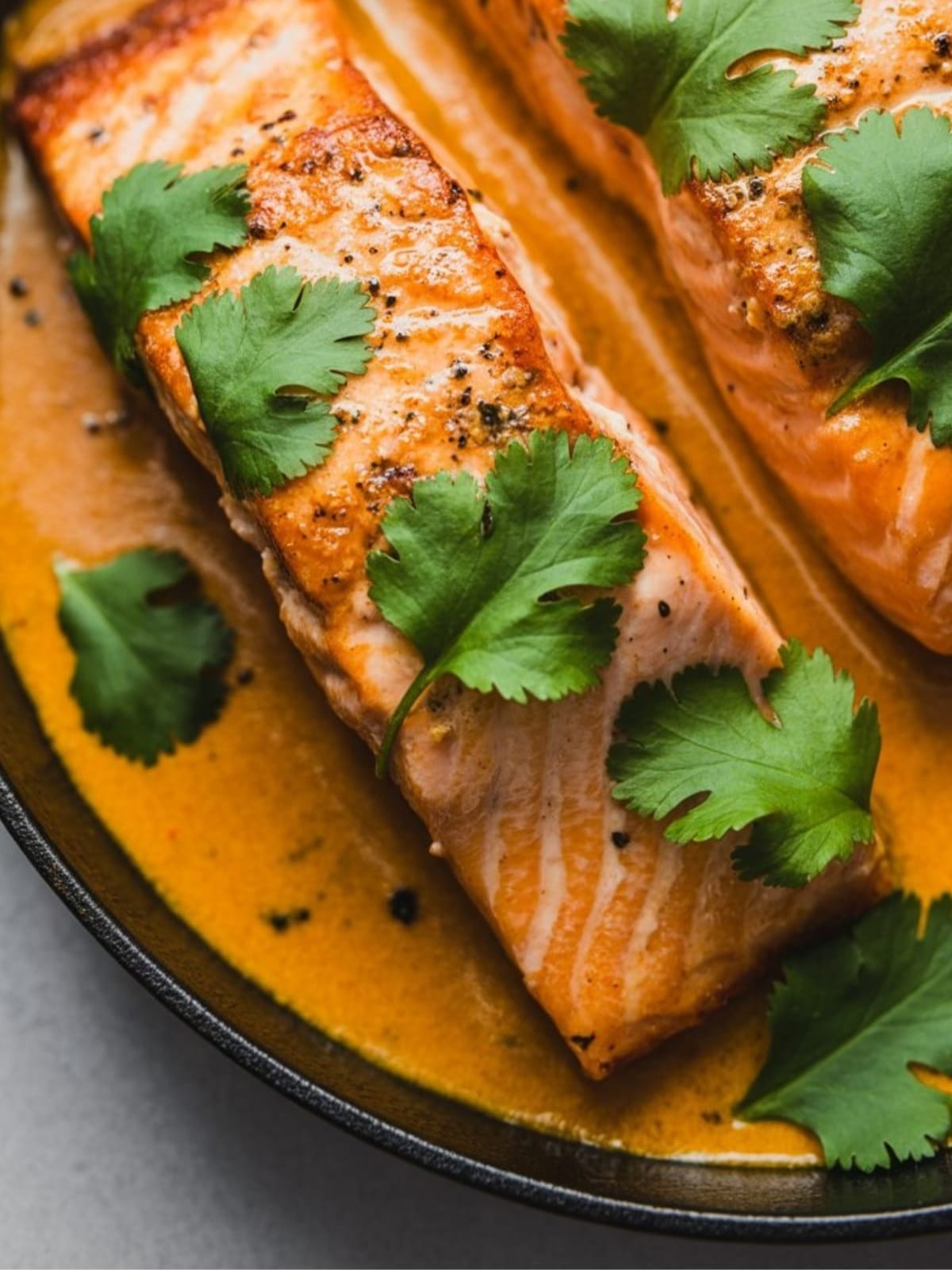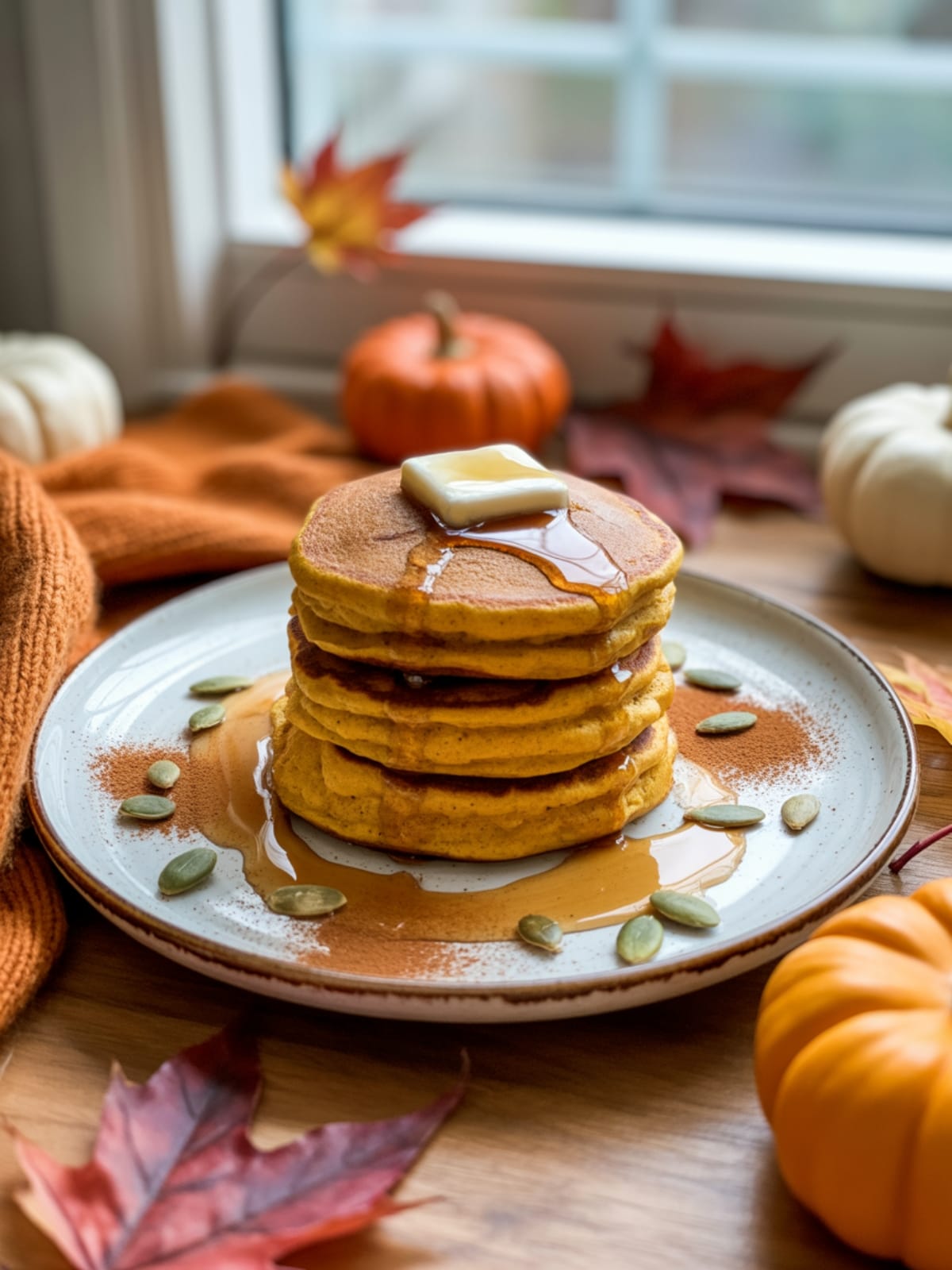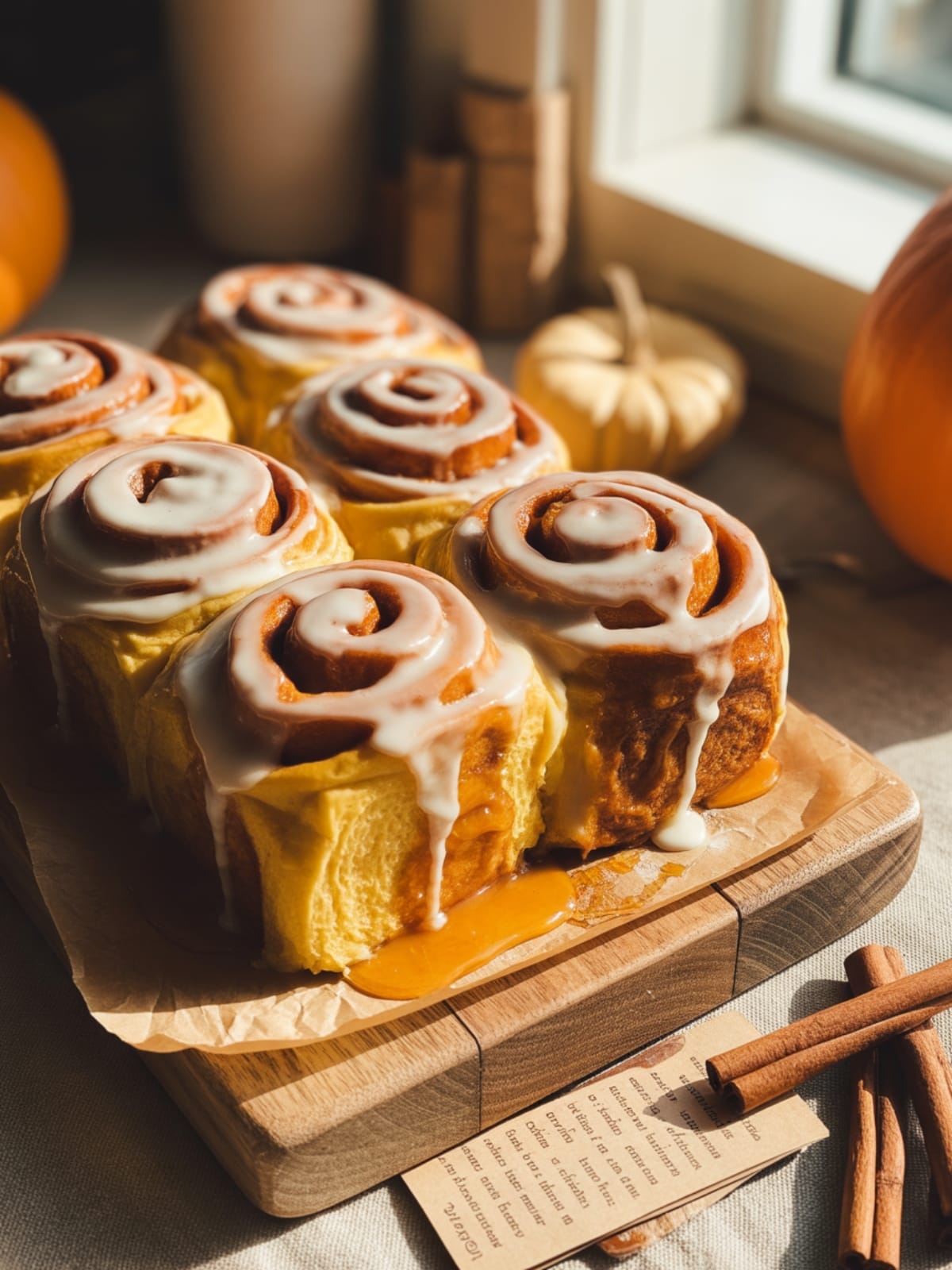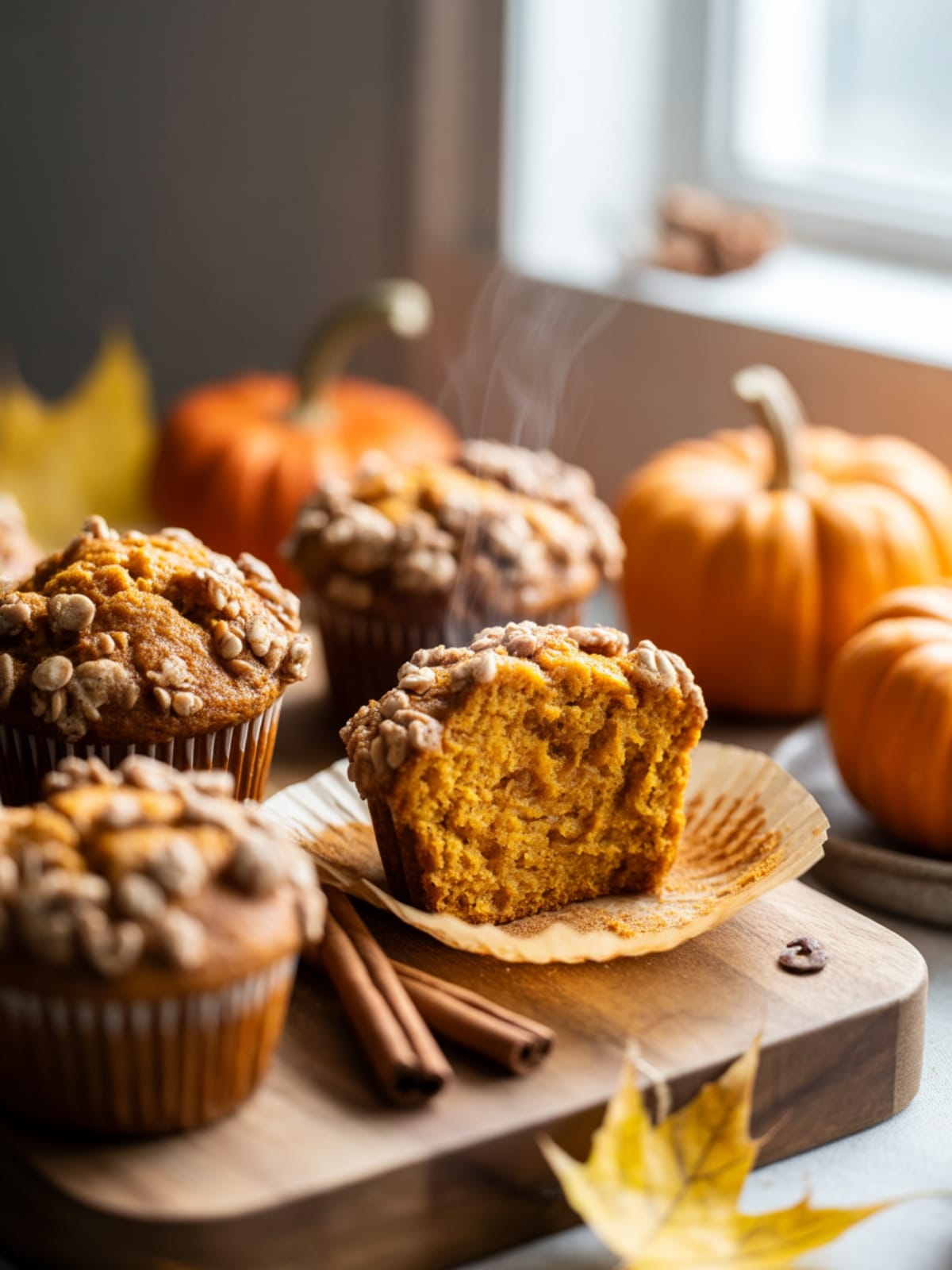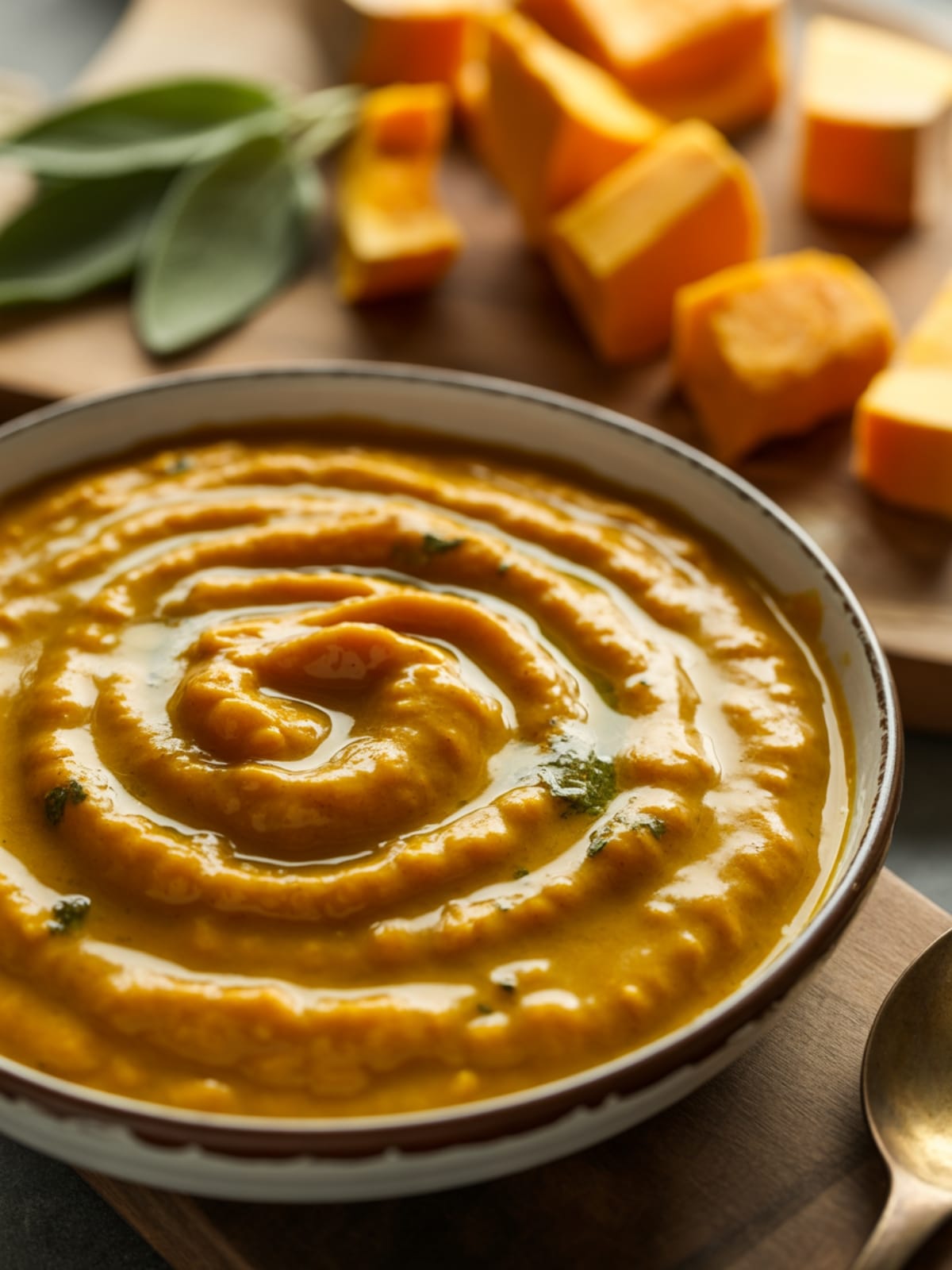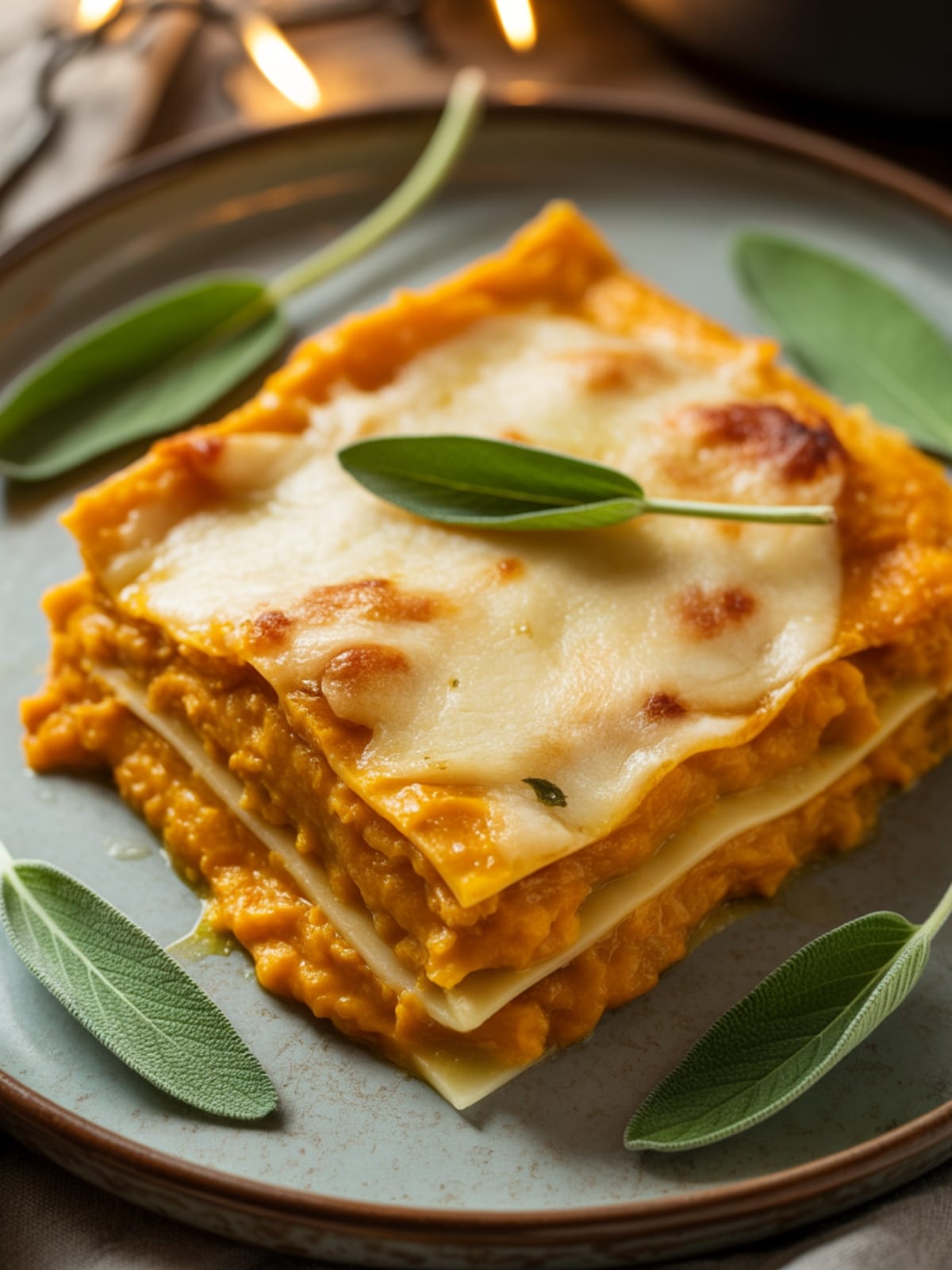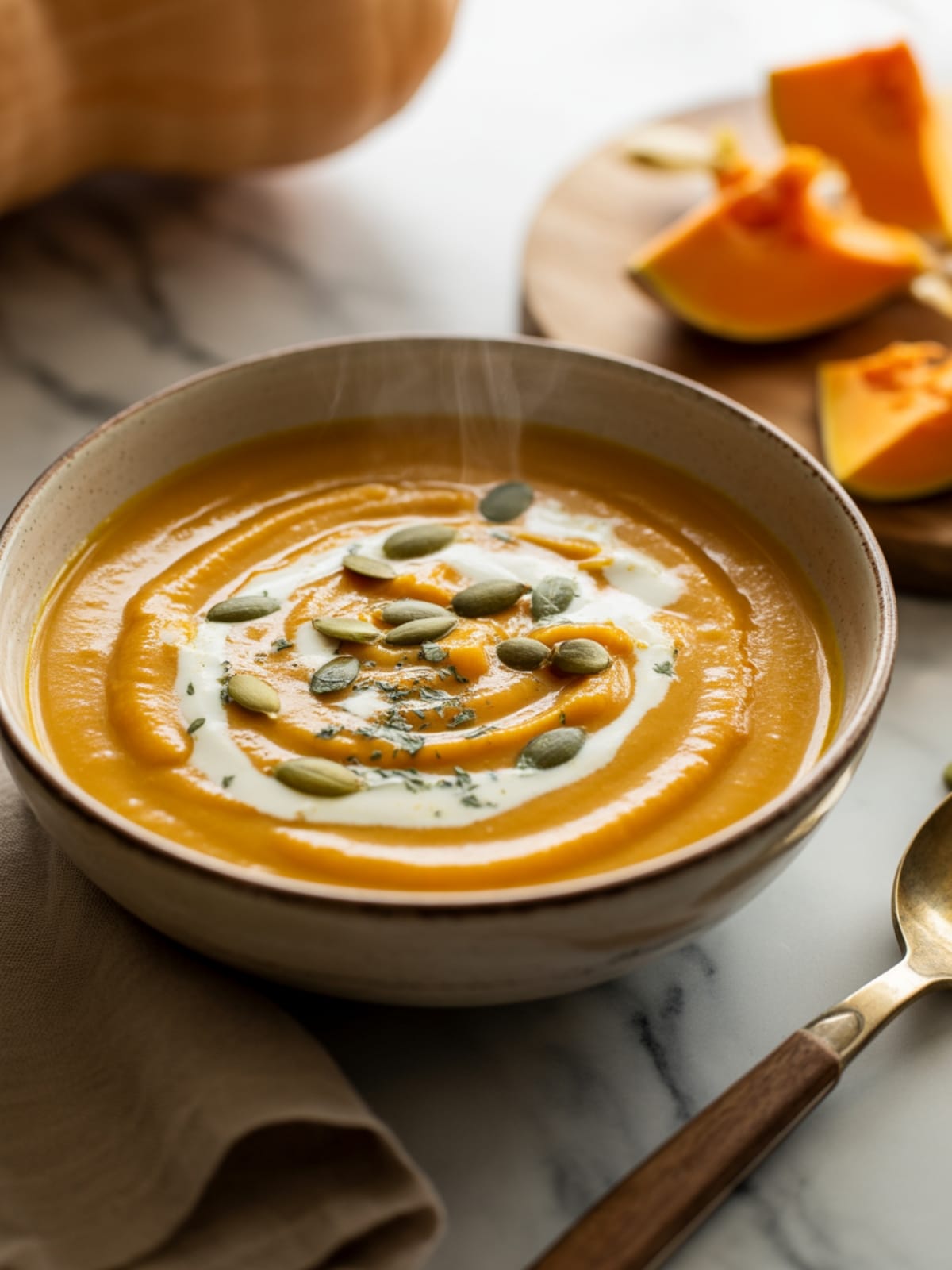Ready to transform an ordinary weeknight into a flavor adventure? This Salmon Coconut Curry brings the vibrant essence of Thai cuisine right to your kitchen—without requiring a culinary degree. The luxurious coconut milk bath, fragrant with lemongrass and lime leaves, creates a silky sauce that perfectly complements the tender salmon.
It’s the kind of dish that makes people think you’ve been cooking all day, when really, it comes together in just over 30 minutes.
Why This Recipe is Awesome
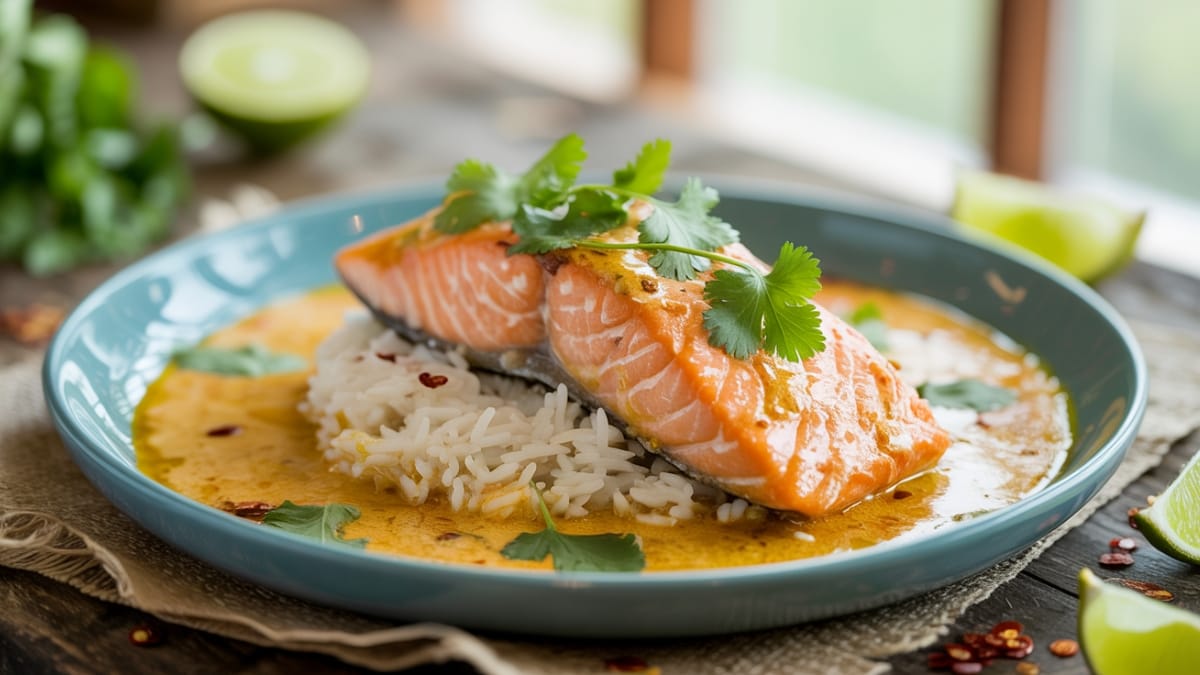
This Salmon Coconut Curry strikes that perfect balance between impressive and achievable. Unlike traditional Thai curries that might require hours of simmering, this streamlined version delivers authentic flavor in a fraction of the time.
The magic happens when the natural richness of salmon meets the creamy coconut base—creating a dish that feels indulgent but remains surprisingly light. The curry sauce itself is versatile enough to become a staple in your cooking rotation, working beautifully with other proteins or vegetables.
What I love most is how this recipe introduces Thai flavor principles in an approachable way.
The aromatic combination of ginger, garlic, and lemongrass creates layers of flavor that will have everyone wondering about your secret ingredients.
Equipment needed: Large skillet or wok, chef’s knife, cutting board, measuring cups, wooden spoon
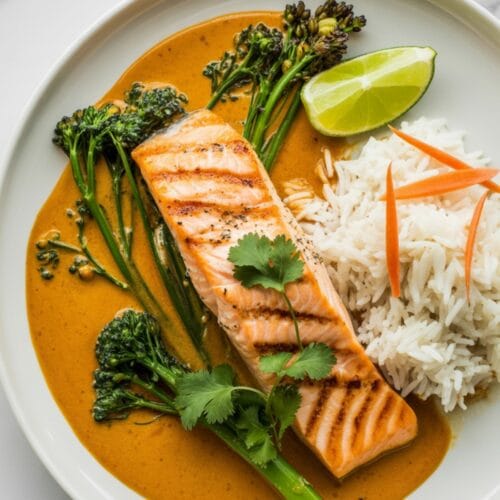
Simple Salmon Coconut Curry
Ingredients
- 4 salmon fillets about 6 oz each, skin removed
- 2 tablespoons vegetable oil
- 1 medium onion thinly sliced
- 3 garlic cloves minced
- 1 tablespoon fresh ginger grated
- 2-3 tablespoons Thai red curry paste adjust to your heat preference
- 2 stalks lemongrass outer leaves removed, bruised and cut into 3-inch pieces
- 4 kaffir lime leaves fresh or dried – substitute with 1 tablespoon lime zest if unavailable
- 1 red bell pepper sliced
- 1 can 13.5 oz full-fat coconut milk
- 1 cup vegetable or fish stock
- 1 tablespoon fish sauce
- 1 tablespoon brown sugar
- Juice of 1 lime
- Fresh cilantro chopped, for garnish
- Thai basil leaves for garnish (optional)
- Steamed jasmine rice for serving
Instructions
- Prepare the salmon: Pat the salmon fillets dry with paper towels and season lightly with salt. Cut into 2-inch chunks for even cooking and set aside at room temperature while preparing the sauce.
- Create the aromatic base: Heat oil in a large skillet or wok over medium heat. Add onions and cook for 3 minutes until softened. Add garlic and ginger, cooking for 1 minute until fragrant, being careful not to burn.
- Build the curry sauce: Stir in the red curry paste and cook for 1-2 minutes to release its flavors. Add the lemongrass pieces and lime leaves, stirring to combine everything.
- Add liquids and simmer: Pour in the coconut milk and stock, then add fish sauce and brown sugar. Bring to a gentle simmer and allow to reduce for about 8 minutes, letting the flavors meld together.
- Incorporate the vegetables: Add the sliced bell pepper and continue to simmer for another 3 minutes until slightly softened but still crisp.
- Cook the salmon: Gently place the salmon pieces into the simmering curry. Cook for 5-7 minutes, occasionally spooning the sauce over the fish, until the salmon is just cooked through and flakes easily.
- Finish with brightness: Remove from heat and stir in lime juice. Taste and adjust seasoning if needed, adding more fish sauce for saltiness or sugar for sweetness.
- Serve immediately: Remove lemongrass pieces and lime leaves. Ladle the curry and salmon over steamed jasmine rice, garnishing with fresh cilantro and Thai basil leaves.
Notes
- The curry base can be prepared up to a day ahead and refrigerated. Simply reheat and add the salmon when ready to serve.
- For a thicker sauce, simmer the curry longer before adding the salmon.
- This recipe works beautifully with other firm fish like cod or halibut if salmon isn’t available.
- Look for kaffir lime leaves in Asian markets or online—they freeze well for future use.
- The flavor improves if allowed to rest for 5 minutes after cooking, letting the salmon absorb more of the curry essence.
Calories & Nutritional Info
- Calories: Approximately 420 calories per serving (excluding rice)
- Protein: 32g per serving
- Fat: 28g per serving (primarily healthy fats from salmon and coconut milk)
- Carbohydrates: 11g per serving
- Suitable for: Gluten-free diets
- Allergens: Fish, tree nuts (coconut)
Common Mistakes to Avoid
- Overcooking the salmon – Fish continues cooking even after removed from heat. Take it off when it’s just slightly underdone for perfectly tender results.
- Using light coconut milk – The full-fat version provides essential richness and prevents the sauce from becoming watery.
- Skipping the aromatics – Lemongrass and lime leaves might seem optional, but they provide the signature Thai flavor profile that makes this dish special.
- Rushing the sauce development – Allow the curry to simmer before adding the salmon; this builds depth of flavor that cannot be achieved with shortcuts.
- Not tasting as you go – Thai cooking is about balancing sweet, sour, salty, and spicy elements. Adjust seasonings to your preference.
Alternatives & Substitutions
- Protein options: Substitute chicken thighs (cook for 15 minutes), tofu (firm, pressed), or shrimp (cook for just 3-4 minutes) for the salmon.
- Vegetable variations: Add snap peas, bamboo shoots, or baby corn for texture and nutrition.
- Dairy-free requirement: This recipe is naturally dairy-free.
- Lower calorie version: Use light coconut milk mixed with a teaspoon of cornstarch (flavor will be less rich).
- Spice adjustments: For a milder curry, use just 1 tablespoon of curry paste. For extra heat, add a sliced Thai chili.
- No fish sauce? Substitute with 1 tablespoon soy sauce plus ¼ teaspoon salt.
FAQs
Can I make this curry ahead of time?
Absolutely! The curry sauce actually improves with time as flavors meld. Make the sauce up to a day ahead, then reheat and add fresh salmon just before serving for the best texture.
How do I know when the salmon is perfectly cooked?
Look for salmon that’s opaque on the outside but still slightly translucent in the center. It should flake easily with a fork but remain moist. For this curry, cooking for 5-7 minutes in the simmering liquid is typically perfect.
Can I freeze leftovers of this Salmon Coconut Curry?
While you can freeze the curry sauce, I don’t recommend freezing the dish with salmon included as the texture suffers significantly. Better to freeze the sauce alone and add fresh salmon when reheating.
What’s a good substitute if I can’t find kaffir lime leaves?
The closest substitute is 1 tablespoon of lime zest combined with a small bay leaf. While not identical, this combination will provide similar aromatic qualities that are essential to the curry.
Is this curry spicy?
With 2-3 tablespoons of red curry paste, this dish has a moderate heat level. You can easily adjust by reducing the paste to 1 tablespoon for mild flavor or adding fresh chilis for more intensity.
Final Thoughts
This Salmon Coconut Curry represents everything wonderful about home cooking—it’s adaptable, impressive, and brings global flavors right to your table. The way the tender salmon melts into the aromatic curry creates a dish that feels like a special occasion but is simple enough for any night. Trust your instincts as you cook, taste frequently, and enjoy the process. Your kitchen will smell amazing, and your taste buds will thank you.
